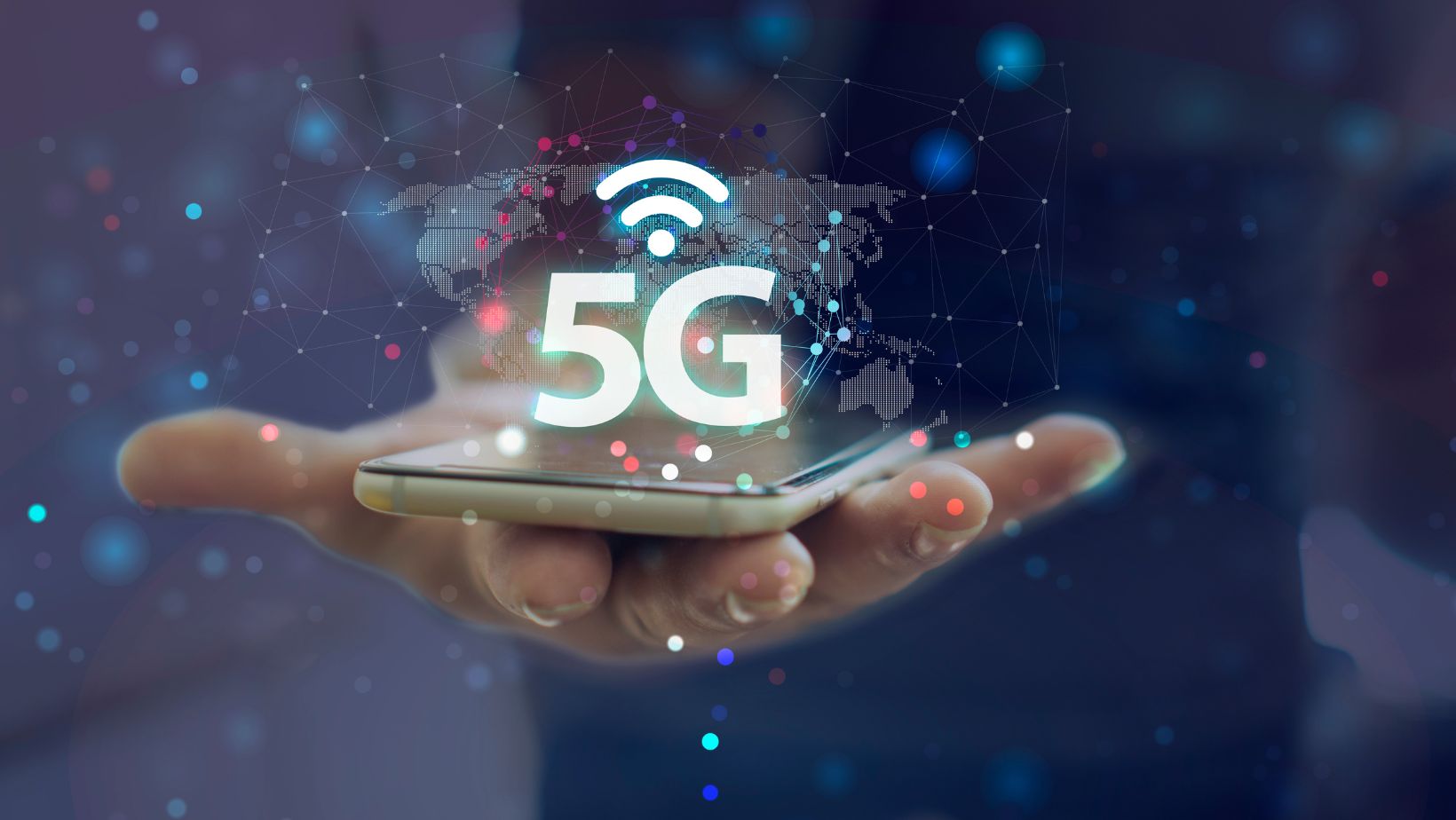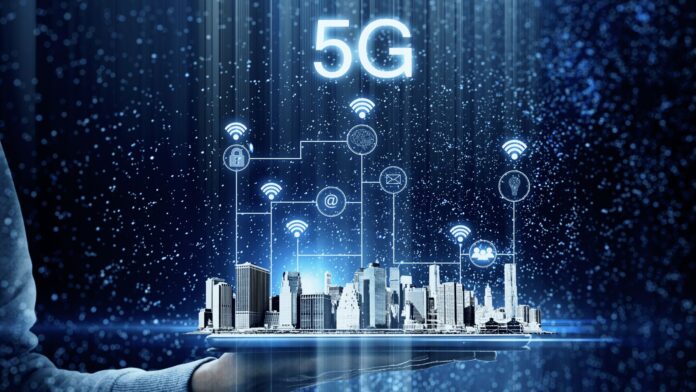T Mobile 5G vs Verizon 5G
When comparing T-Mobile 5G and Verizon 5G, it’s important to understand the key differences between these two major wireless carriers. Both T-Mobile and Verizon have made significant investments in expanding their 5G networks, promising faster speeds, lower latency, and enhanced connectivity. However, there are some distinct factors to consider when choosing between them.
T-Mobile has positioned itself as a leader in 5G coverage with its nationwide deployment of low-band 600 MHz spectrum. This allows T-Mobile to provide broader coverage across urban areas, suburbs, and rural regions. On the other hand, Verizon has focused on utilizing high-frequency millimeter wave (mmWave) technology for its 5G network. While mmWave offers incredible speeds in select urban locations, it suffers from limited range and struggles to penetrate buildings.
In terms of speed and performance, Verizon’s mmWave-based network can deliver blazing fast download and upload speeds under ideal conditions. However, due to its limited coverage footprint, users may experience inconsistent connectivity when transitioning from mmWave-enabled areas to non-mmWave zones. On the other hand, T-Mobile’s low-band spectrum provides more consistent coverage across larger areas but may not reach the same peak speeds as Verizon’s mmWave.
Ultimately, deciding between T-Mobile 5G and Verizon 5G depends on your specific needs and priorities. If you prioritize widespread coverage over extreme speeds or if you live in an area where T-Mobile’s low-band spectrum is prevalent, T-Mobile might be the better choice for you. Conversely, if you frequently rely on lightning-fast speeds in densely populated urban areas where Verizon has deployed mmWave technology extensively, Verizon could be the optimal option.
Speed and Performance
T-Mobile’s 5G Network Coverage
T-Mobile’s 5G network coverage offers impressive speed and performance, making it a strong contender in the race against Verizon. With their extensive infrastructure and investment in advanced technology, T-Mobile has managed to expand their 5G network reach across many cities in the United States.
One of the key advantages of T-Mobile’s 5G is its use of low-band spectrum, which allows for wider coverage and better penetration through obstacles such as buildings. This means that users can experience faster speeds even when indoors or in areas with dense urban environments.
In addition to low-band spectrum, T-Mobile also utilizes mid-band and high-band frequencies to deliver ultra-fast speeds. Their mid-band spectrum provides a balance between coverage and capacity, while high-band (mmWave) enables lightning-fast speeds but with more limited range.
Verizon’s 5G Availability
Verizon is renowned for its commitment to delivering cutting-edge technology and this holds true for their 5G network as well. While Verizon’s 5G availability may not be as widespread as T-Mobile’s, they have made significant strides in expanding their network reach over time.
Verizon primarily focuses on utilizing high-frequency mmWave technology for its 5G deployment. This allows them to achieve incredibly fast download and upload speeds, especially in densely populated areas where there is ample infrastructure support.
However, one drawback of mmWave technology is its limited range compared to lower frequency bands. As a result, Verizon’s 5G coverage may be more concentrated around specific hotspots or city centers rather than providing widespread coverage across larger areas.

Pricing and Plans: T-Mobile 5G vs Verizon 5G
When it comes to choosing a mobile carrier for your 5G needs, pricing and plans play a crucial role in making the right decision. In this section, I’ll compare the pricing structures and plans offered by T-Mobile and Verizon for their respective 5G networks.
T-Mobile:
- Magenta Max Plan:
- Cost: $85 per month for a single line (taxes and fees included)
- Unlimited high-speed data
- Video streaming at up to 4K UHD quality
- Mobile hotspot with 40GB of high-speed data
- Access to T-Mobile’s nationwide 5G network
- Magenta Plan:
- Cost: $70 per month for a single line (taxes and fees included)
- Unlimited high-speed data (deprioritization may occur during congestion)
- Video streaming at up to HD quality
- Mobile hotspot with 3GB of high-speed data
- Access to T-Mobile’s nationwide 5G network
Verizon:
- Get More Unlimited Plan:
- Cost: $90 per month for a single line (plus taxes and fees)
- Unlimited premium data (deprioritization may occur after 50GB usage)
- Video streaming at up to 4K UHD quality
- Mobile hotspot with 30GB of high-speed data
- Access to Verizon’s nationwide Ultra Wideband mmWave 5G network
- Start Unlimited Plan:
- Cost: $70 per month for a single line (plus taxes and fees)
- Unlimited data with potential deprioritization during congestion
- Video streaming at standard definition quality.
- Mobile Hotspot not included.
- Nationwide access only.
It’s important to note that both carriers offer family plans and additional features such as international roaming, but the pricing mentioned here is for single lines. T-Mobile’s plans include taxes and fees, while Verizon’s prices exclude them.


